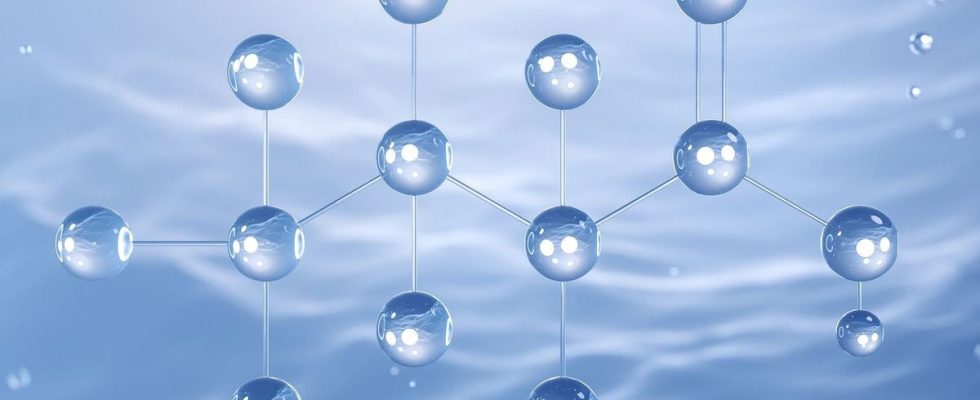Published on
Updated
Reading 2 mins.
A new technology developed in Canada would eliminate 99% of perfluoroalkyl substances (PFAS) also called eternal pollutants. Real hope in the face of these increasingly criticized pollutants.
Eliminating PFAS residues from our drinking water, these so-called eternal pollutants, is the objective of many researchers on the planet. A team from the University of British Columbia announced on March 22 the development of a material capable of absorbing and destroying 99% of these residues.
Dangerous PFAS present everywhere on a daily basis
Eternal chemicals, officially known as PFAS (per- and polyfluoroalkyl substances), include many substances found in our daily lives: in our non-stick, waterproof or stain-resistant products.
More than 4,700 PFAS are used, mainly in rainwear, kitchen utensils and fire-fighting foam. Also, for most people, exposure is through food and consumer products, as well as through drinking water, especially if they live in areas with contaminated water sources. .
According to the National Agency for Food, Environmental and Occupational Health Safety (Anses): “The toxicity of these chemical compounds is multiple. They cause an increase in cholesterol levels, can lead to cancer, cause effects on fertility and fetal development. They are also suspected of interfering with the endocrine (thyroid) and immune system”. It is therefore urgent to get rid of it as much as possible.
A material that captures and destroys PFAS at the same time
Researchers associated with Dr. Madjid Mohseni, who developed the technology, have designed a unique adsorbent material capable of trapping and retaining all PFAS present in the water supply. The PFAS are then destroyed using special electrochemical and photochemical techniques, also developed in Dr. Mohseni’s laboratory and described in part in a recent article published in Chemosphere.
Other treatments currently exist on the market, such as activated carbon or ion exchange, but according to the researchers, these only give partial results:
“Our adsorbent media capture up to 99% of PFAS particles and can also be regenerated and potentially reused. This means that when we remove PFAS from these materials, we don’t end up with more highly toxic solid waste which would be another major environmental challenge.” enthuses Dr. Mohseni in a press release.
To find out how to adapt their technology to municipalities or industries, the scientists intend to test their technology in Canada before the end of the year.
